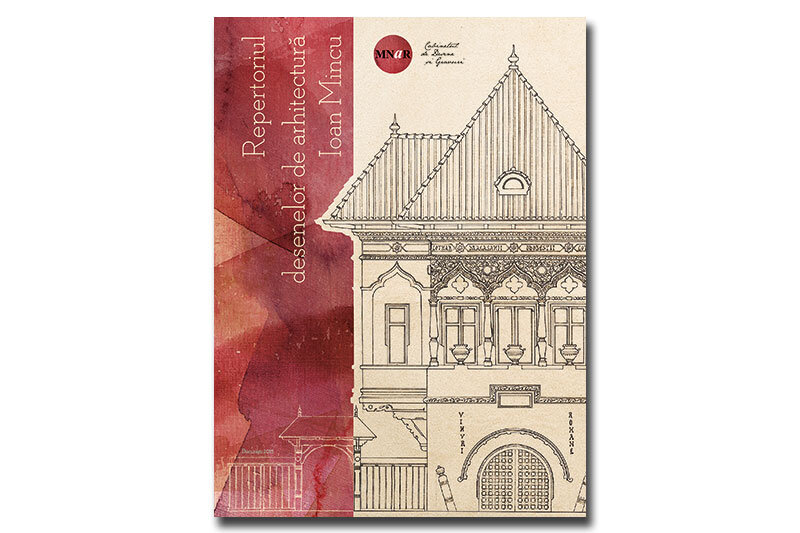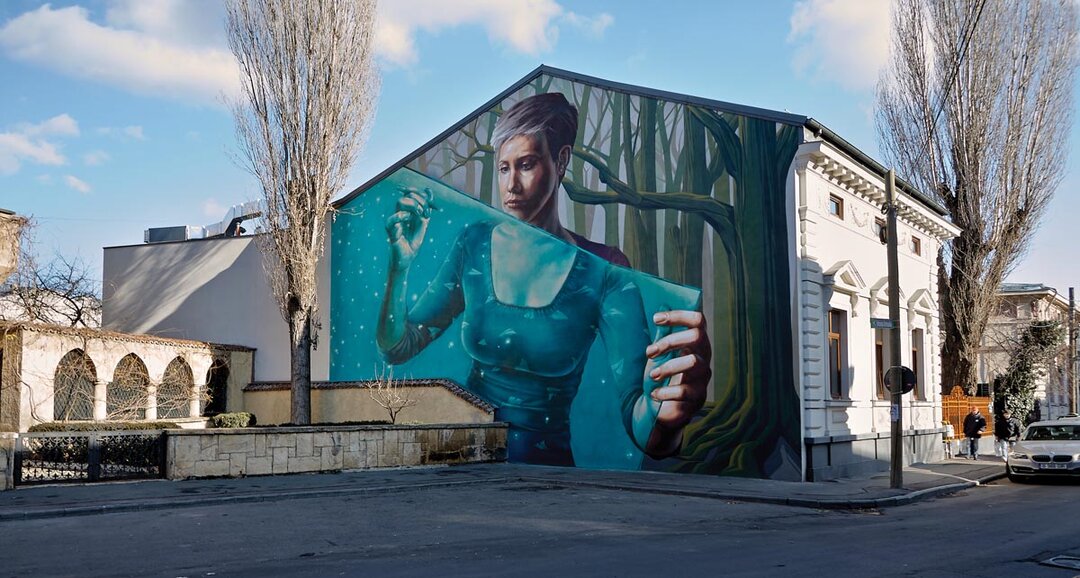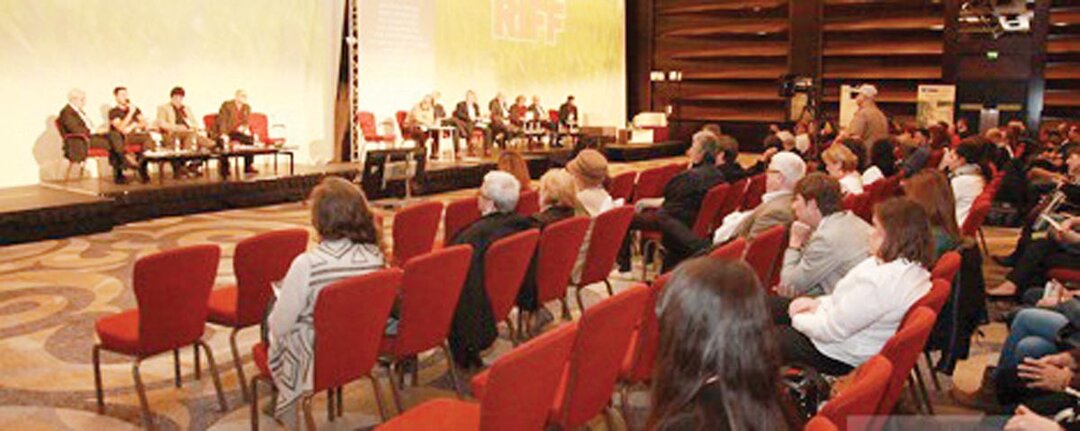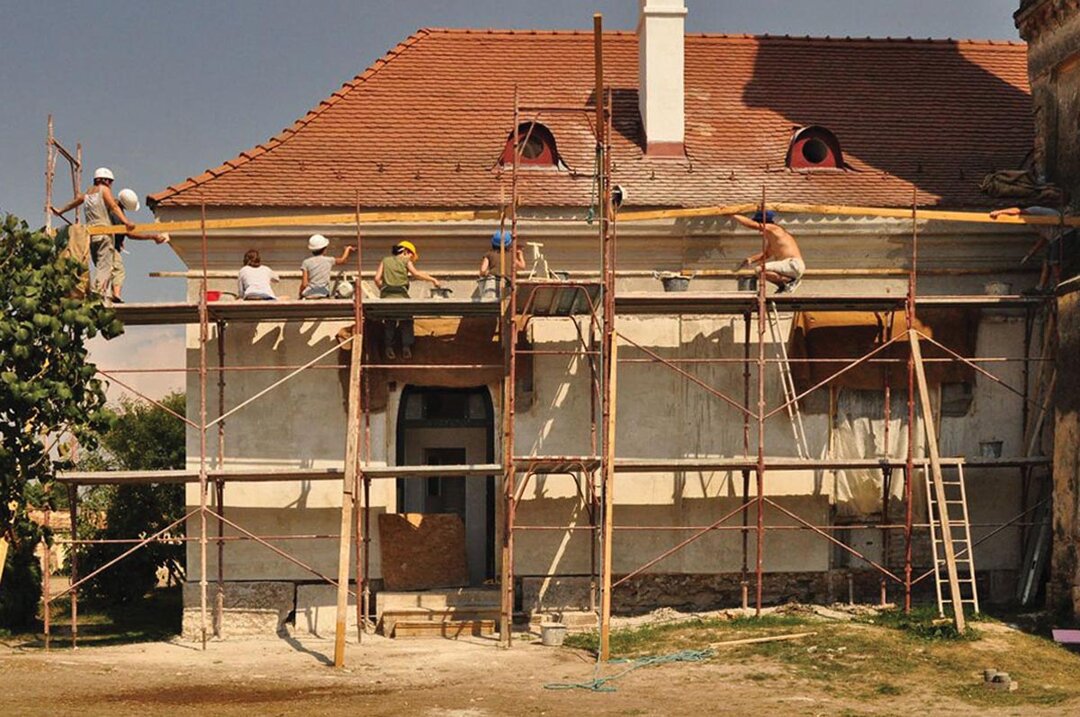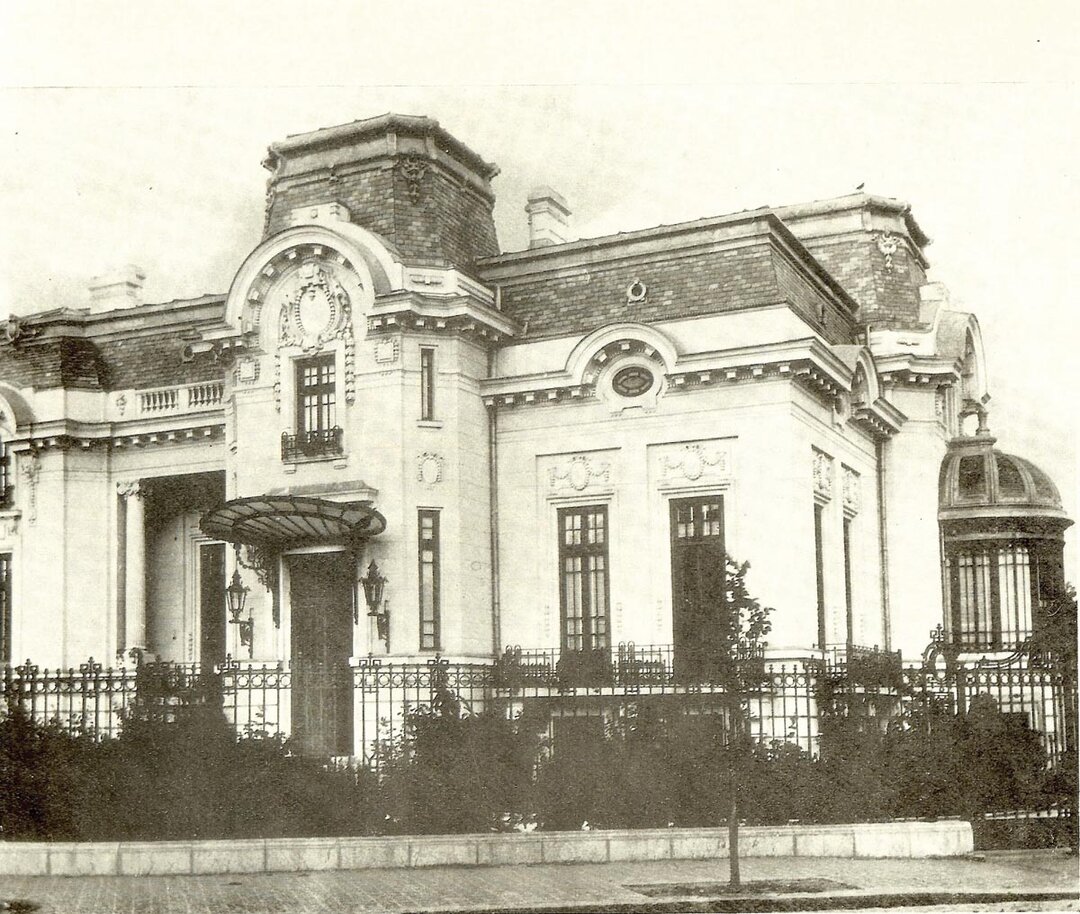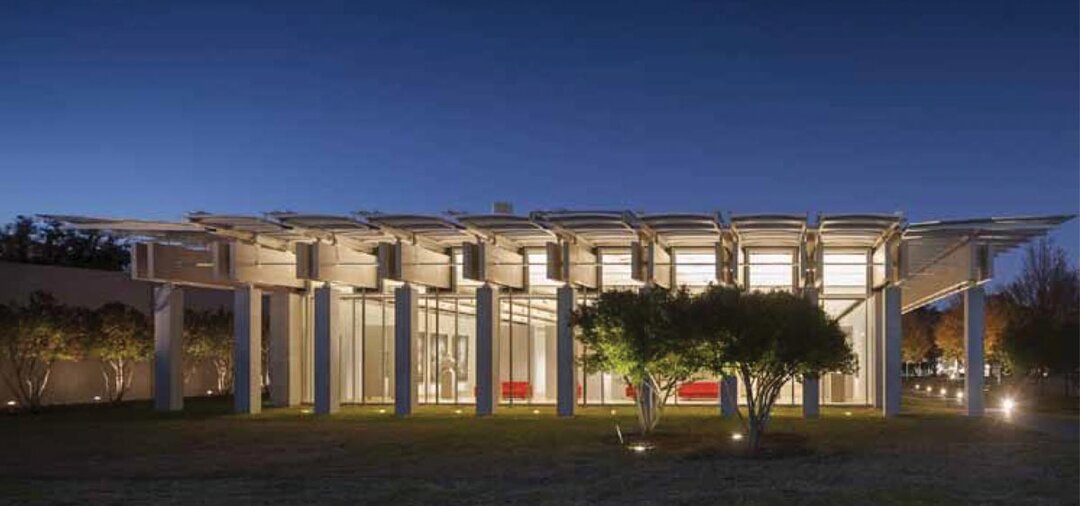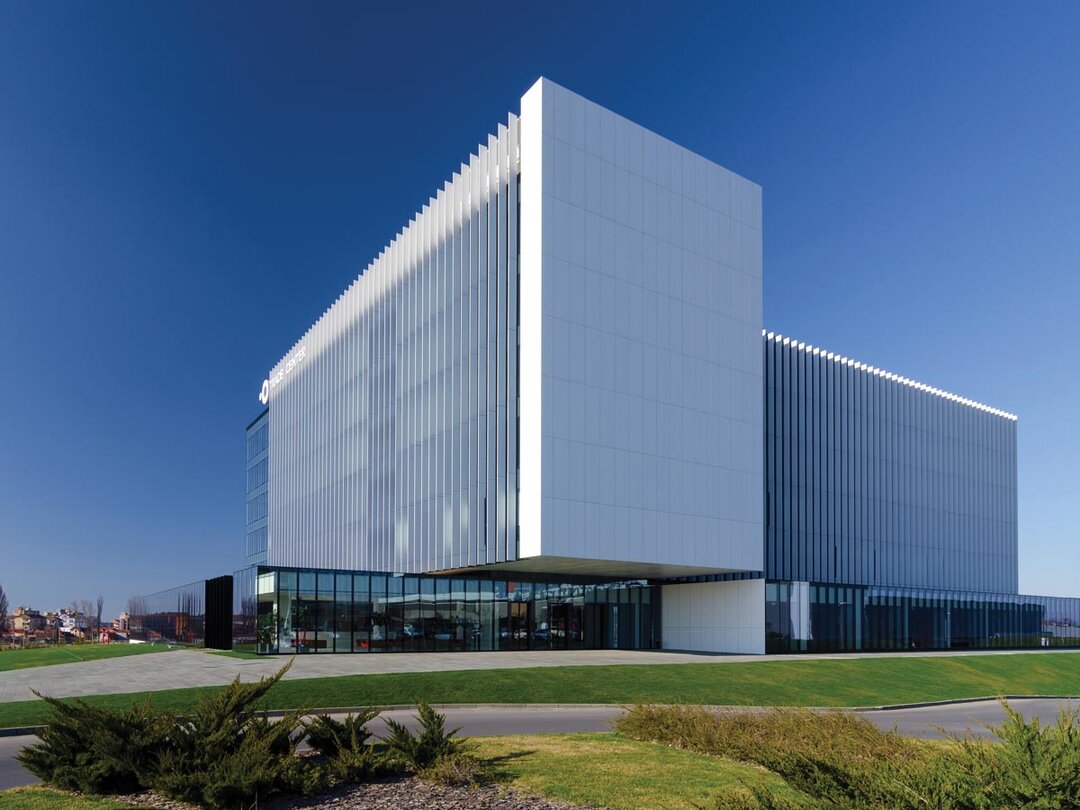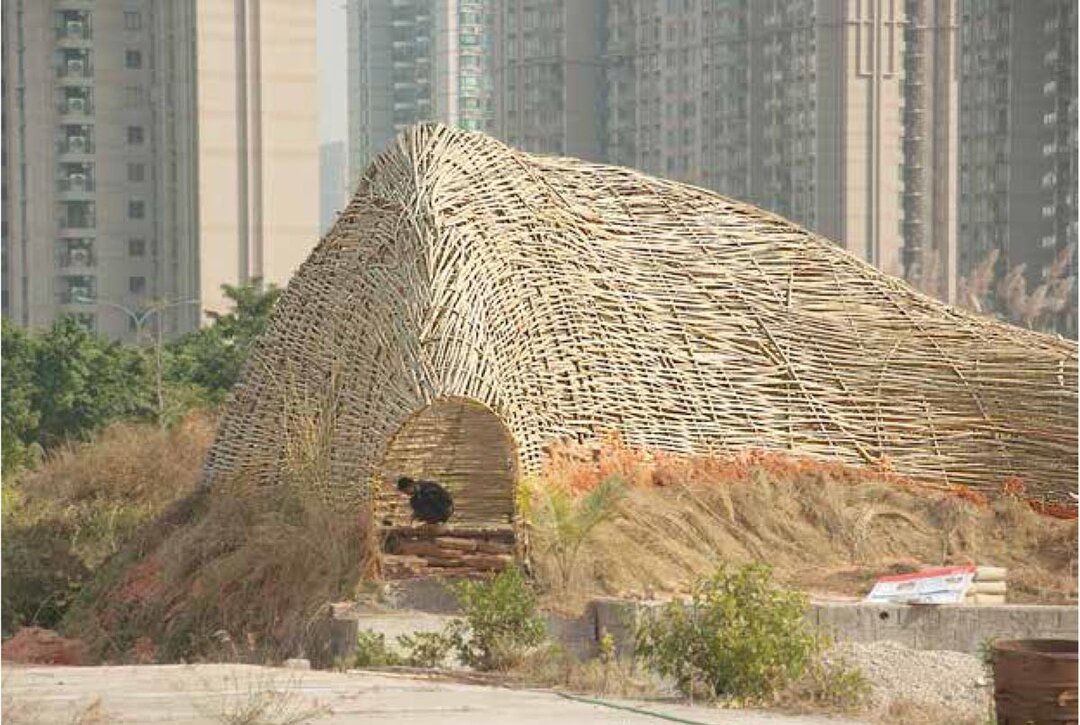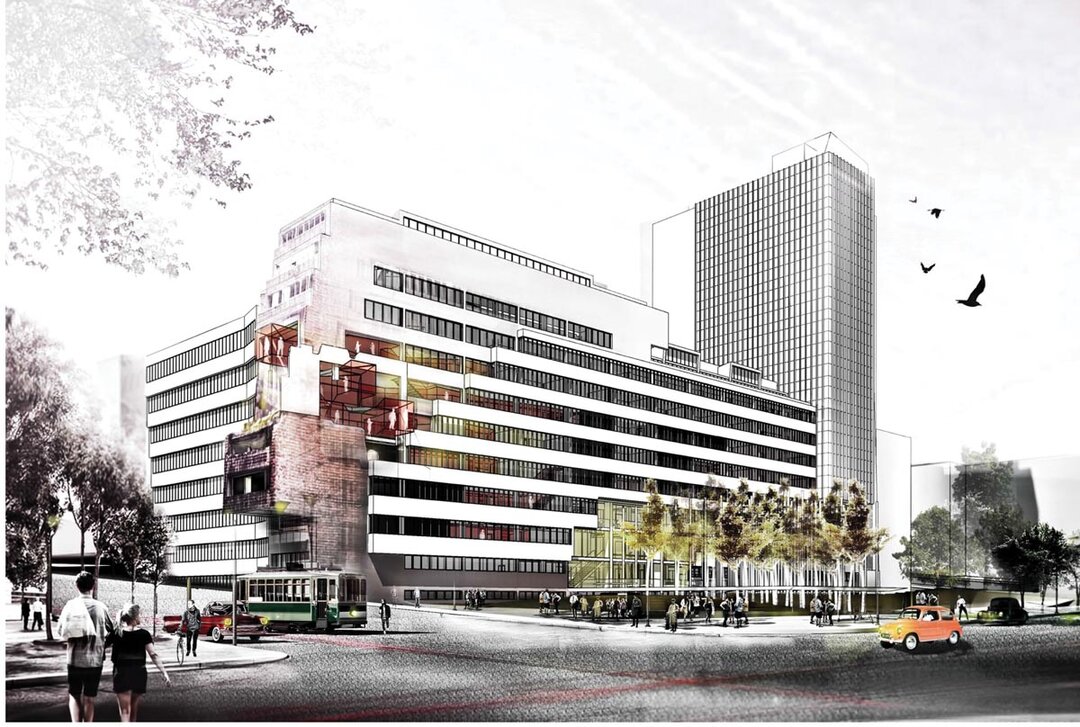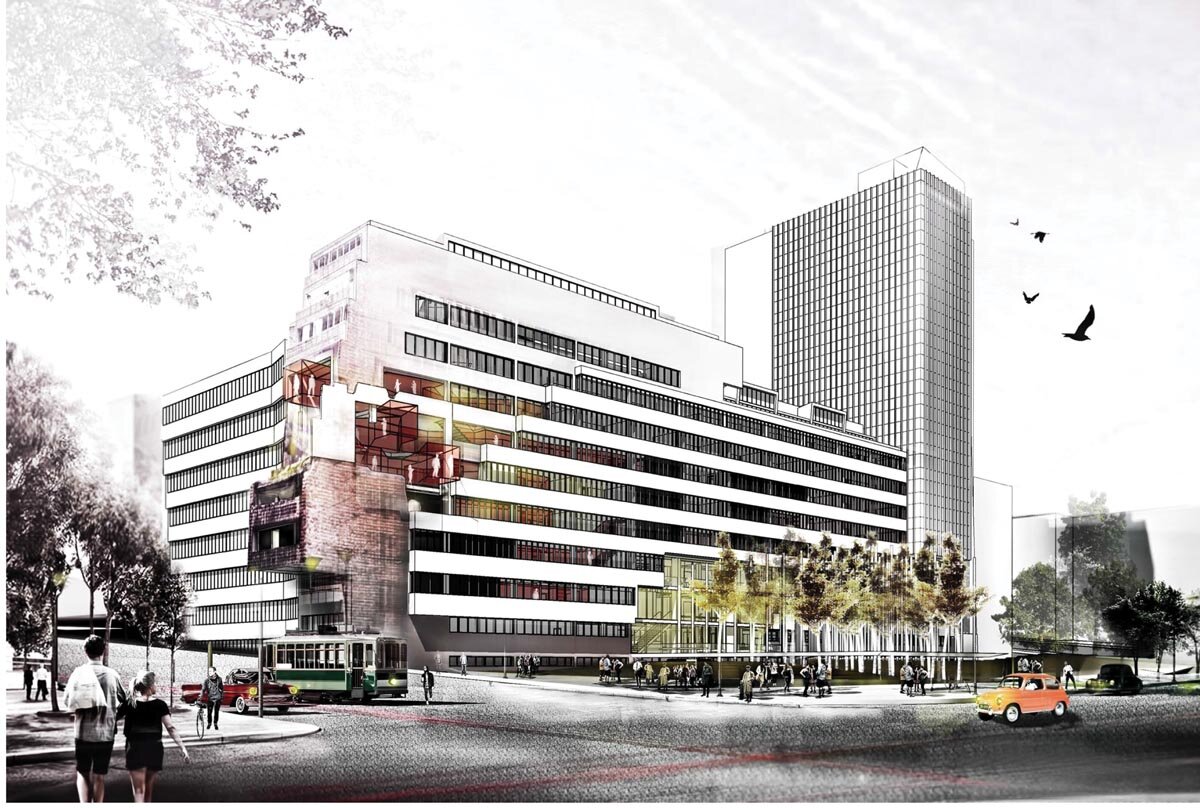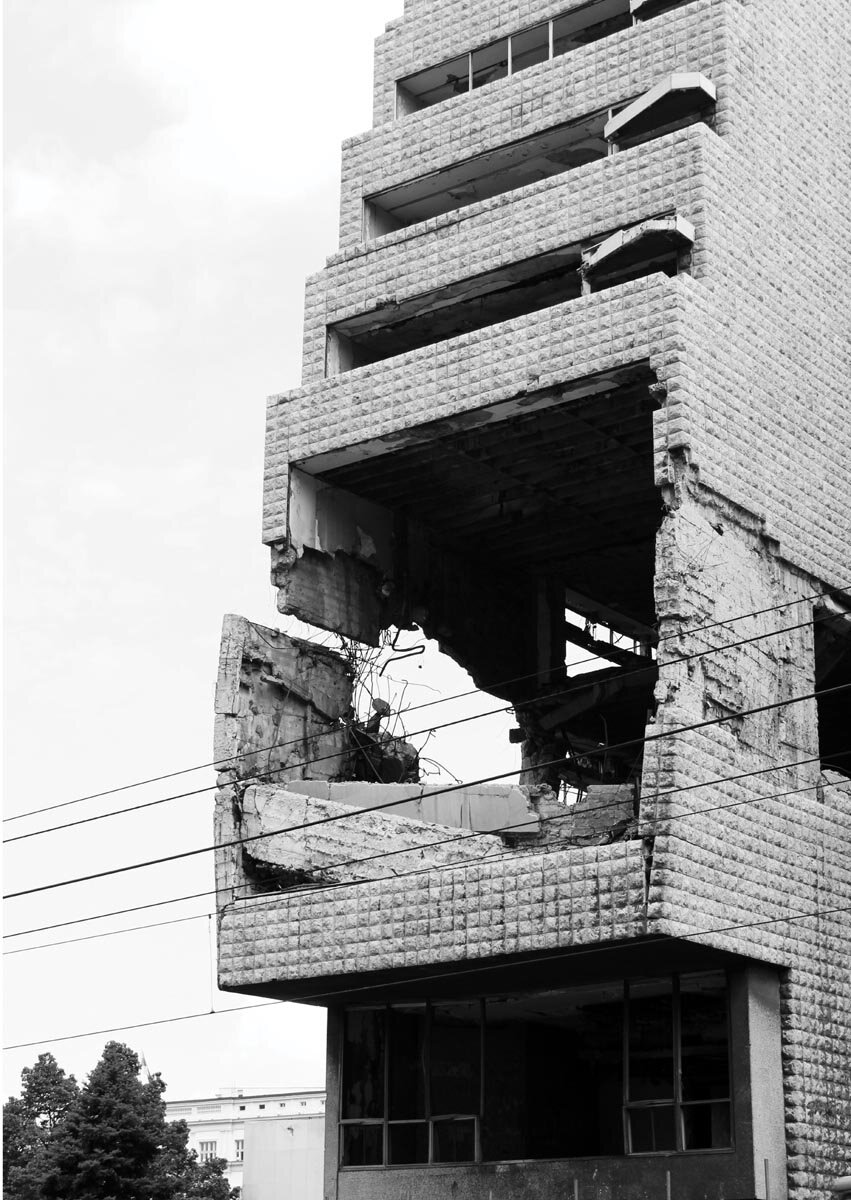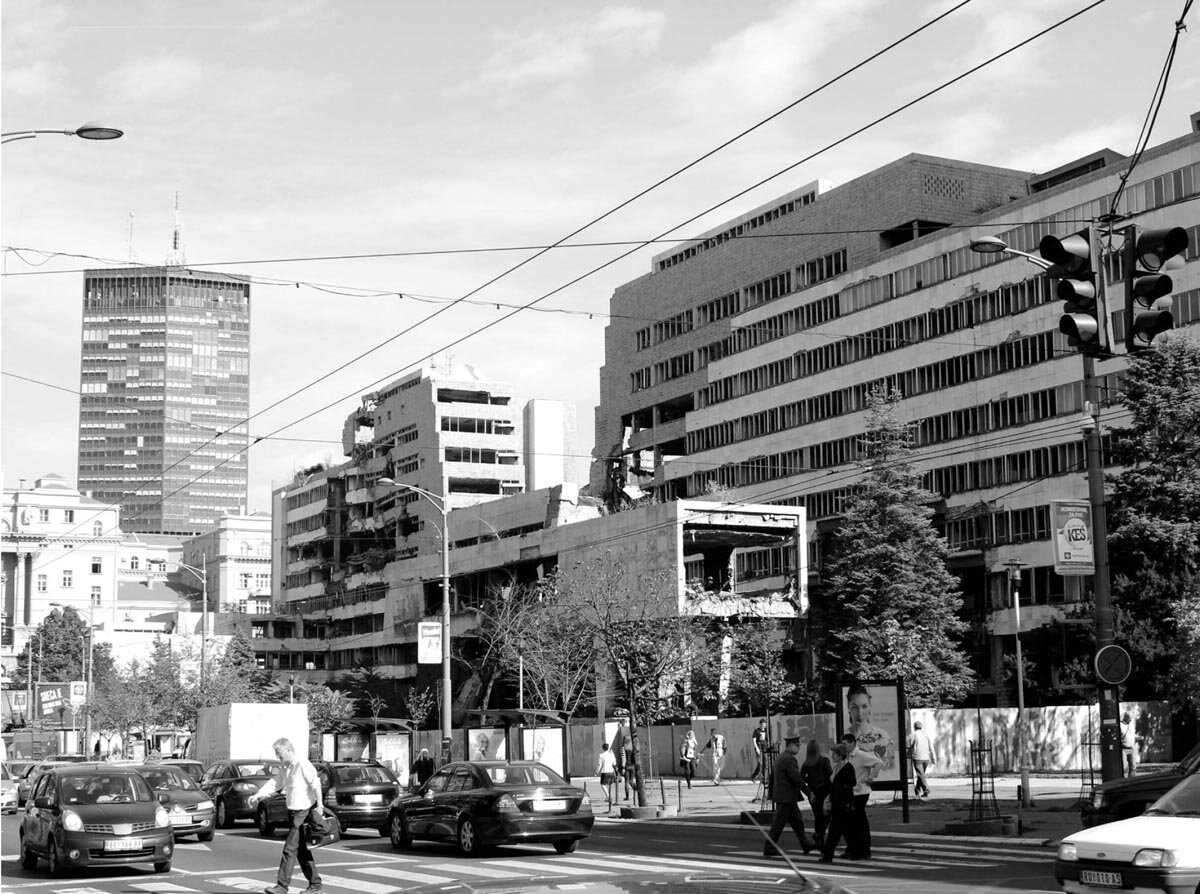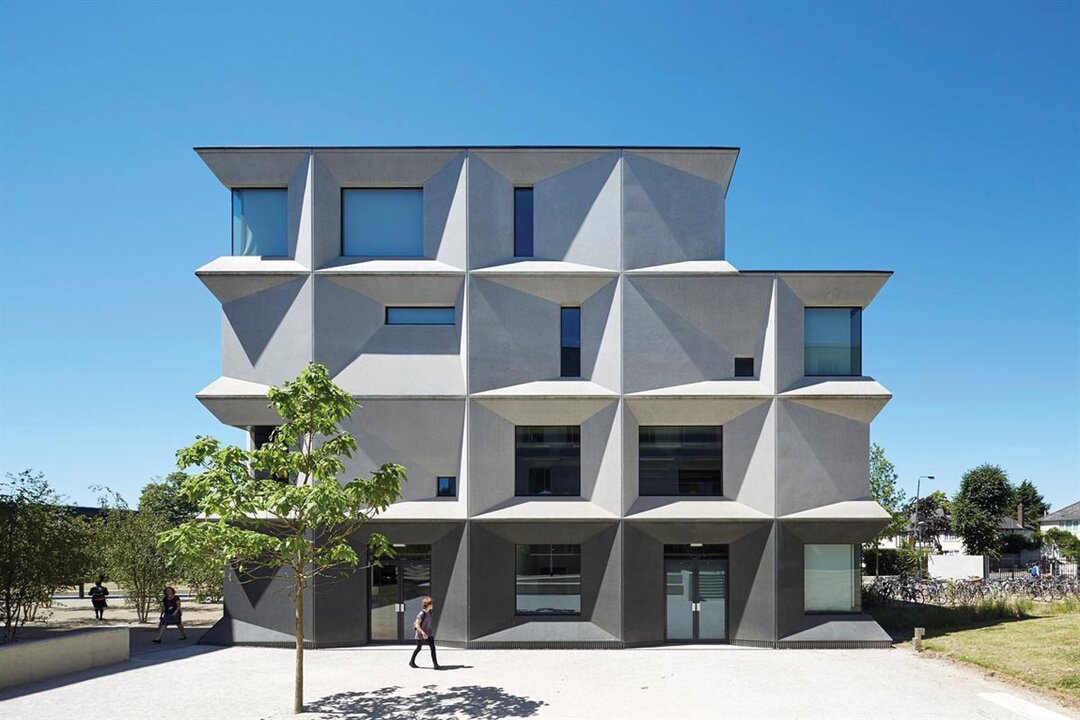
“GENERALŠTAB”. Memory of a ruin
The year 2015 marks 16 years since one of the most tragic moments in Serbia's modern history, the punitive NATO bombings, which for 78 days, from March 24 to June 11, 1999, consecrated the last act of the physical, but also ideological disintegration of the Yugoslav state-building.
The proposed study focused on the bombed out buildings of the Yugoslav Ministry of Defense Headquarters - "Generalštab" - designed by Serbian architect Nikola Dobrović (1897-1967), after winning the architectural competition organized in 1953 by the Ministry of Defense. In 1965, 12 years after the launch of the competition, Dobrović's imposing, modern new building redefined the central silhouette of Belgrade, emphasizing Yugoslavia's distance from the stylistic and, by implication, political influences of Moscow through modernist architecture. The building, which for four decades represented the armed wing of Yugoslavia's independence and sovereignty, was for NATO forces "the heart of the war machine"1, and its bombing, along with a multitude of other Serbian targets, was to put an end to the "new fascism"2 of the 90s. This event, which added new meanings and significance to these "houses", turned NATO, as Srdjan Jovanovic Weiss observes, into a veritable architectural critic. The juxtaposition of the image of the original building with that of the ruins "combines opposing methods of classifying architecture, one critical-historical and based on the creation of the building, the other realistic and post-critical, based on its destruction"3.
Representing both the progress and independence of modern Yugoslavia, but also the moment of defeat or the disintegration of this national project, the extremely delicate fate of the Generalštab is, despite its declaration as a monument of culture, marked by an uncertain future. The strategies coming from the fields of economic and real estate capital, politics and administration, architecture and urban planning specialists and civil society alike, reveal a complex range of attitudes and visions, which are aimed at either total demolition, preservation of the ruins or total reconstruction. However, these complex discussions, not yet finalized, represent an opportunity because they keep open the possibilities for intervention on the ruins. As a symbol of progressive modernist architecture in Serbia, of the destruction and the survival of the city's identity, the ruins of the Generalštab are, in this sense, perhaps the most significant place from which any discussion on a museum of those moments of siege can be started. Interesting in this respect is the fact that the tourist potential of the city has also significantly increased thanks to these ruins, their fame being due not so much to their creator, but rather to the "NATO sculptors" who have deconstructed and remodeled this masterpiece, introducing a new "aesthetic" and new meanings. (...)
Read the full text in issue 6/2015 of Arhitectura magazine
NOTES:
1 Vladimir Kulić, Architecture and the politics of reading: the Case of the "Generalštab" in Belgrade, Rome: Fondazione Bruno Zevi, 2009, p. 54.
2 Ibid, p. 54.
3 Srdjan Jovanovic Jovanovic Weiss, "NATO as Architectural Critic", in "Cabinet" Magazine, New York City, 2000, p. 3.



